Non-Hormonal Copper Intrauterine Device (IUD)
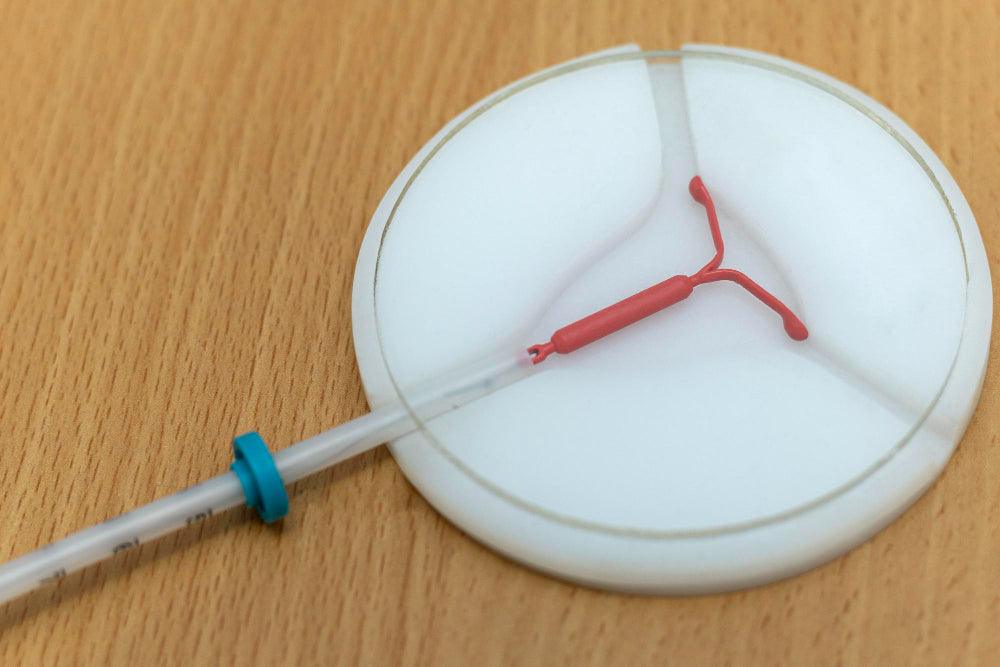
Related products
What is Non-Hormonal Copper Intrauterine Device (IUD)?
The Non-Hormonal Copper Intrauterine Device (IUD) is a T-shaped device inserted into a woman's uterus as a form of long-term contraception. "Copper IUD is a small device made from plastic and copper which prevents pregnancy by altering the chemical nature of the womb and fallopian tubes, creating a hostile environment for sperm", according to Dr. Jane Dickson, Vice President of the Faculty of Sexual and Reproductive Healthcare.
The Importance and Relevance of the Copper IUD as a Contraceptive Option
Utilizing the Copper IUD as a contraceptive choice has gained significance due to its effectiveness, longevity, and non-hormonal nature. It provides an option for women seeking a hormone-free method of contraception, without compromising on reliability. "The failure rate of Copper IUD is as low as 0.8%, making it one of the most effective contraceptive methods available today", according to World Health Organization (WHO).
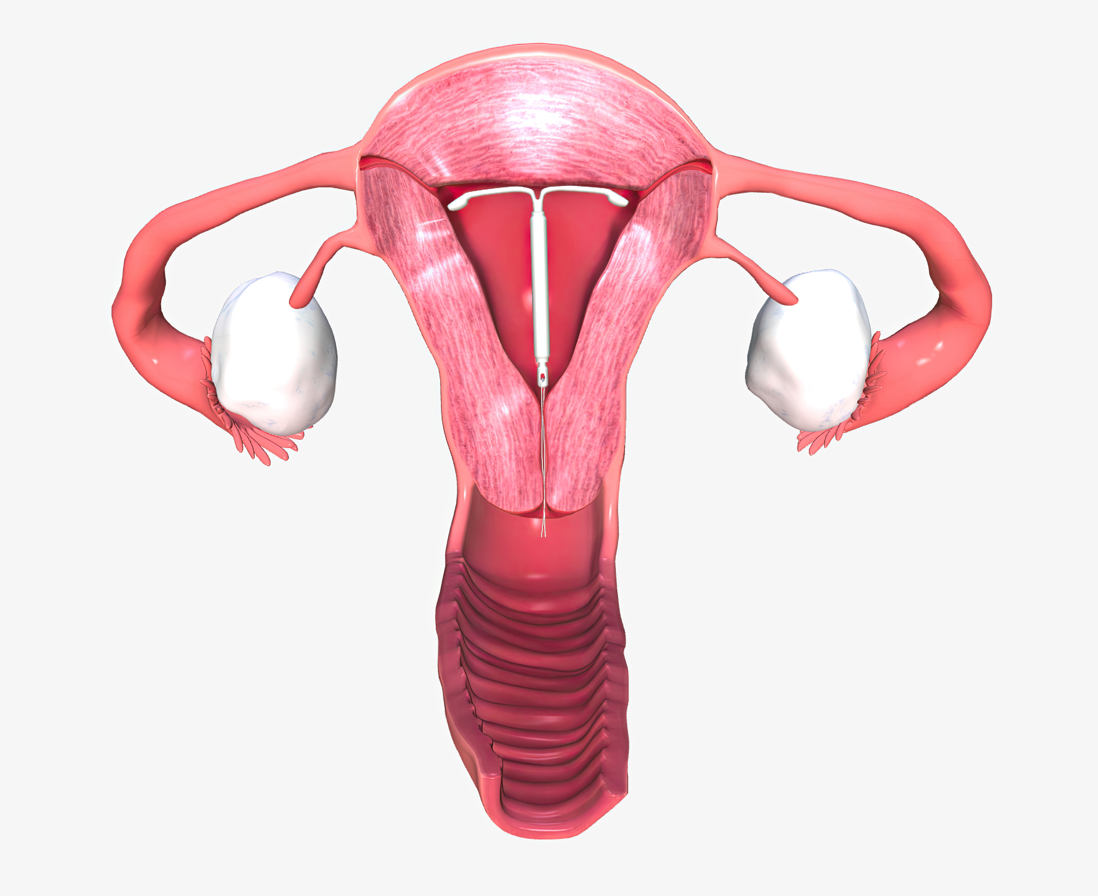
The Design and Mechanism of Action of the Copper IUD
Description of the Physical Attributes of a Copper IUD
The physical design of the Copper IUD contributes greatly to its function. "A small, T-shaped device with a thin copper wire wound around the stem. The size and shape make it conducive for uterine placement, maximizing its contraceptive effect while minimizing discomfort", describes Dr. Sarah Marsh, a renowned gynaecologist.
Mechanism of Action
The Role of Copper in Sperm Mobility and Fertility
Copper plays an essential role in the mechanism of action of the Copper IUD. "The copper ions released by the IUD impair the mobility and viability of sperm, preventing them from reaching the egg and hence, thwarting fertilization", explains Dr. Paul Barlow, a specialist in reproductive health,
Changes in the Uterine and Tubal Environment
Beyond impacting sperm, Copper IUD also alters the uterine and tubal environment. "The copper IUD elicits an inflammatory response that changes the uterine environment, rendering it inhospitable to both sperm and fertilized eggs", states Professor Linda Cardozo.
The Immediate and Long-Term Effects of Copper IUD Insertion
Following the insertion of a Copper IUD, women may experience immediate effects such as mild discomfort, spotting, or irregular periods. In the long-term, the Copper IUD acts as an effective contraceptive for up to 10 years. "Although side-effects can occur, most women adapt well to the Copper IUD, experiencing minimal disturbances to their natural menstrual cycle," assures Dr. Helena Kuczynska, a London-based gynaecologist.
The Advantages and Effectiveness of the Copper IUD
High Effectiveness rate
Compared to other contraceptive methods, the Copper IUD boasts an impressively high effectiveness rate. "In real-world conditions, less than 1 out of 100 women will get pregnant in a year of using the Copper IUD," says Dr. Alice Byram, a Family Planning specialist.
Comparison with Other Contraceptive Methods
When compared to other contraceptive methods such as pills, patches, and condoms, the Copper IUD offers a higher rate of reliability. "The Copper IUD, with a Pearl Index of 0.8, outperforms hormonal pills, patches, and rings, which have a typical-use failure rate of approximately 9%", according to the Faculty of Sexual and Reproductive Healthcare (FSRH).
Factors Affecting the Effectiveness
While Copper IUDs are largely successful, certain factors like incorrect insertion and early expulsion can reduce their effectiveness. "Regular check-ups post insertion are critical to ensure the IUD is still in place and functioning as intended", reminds Dr. Sarah Marsh.
Long-Term Contraception
The Copper IUD provides a long-term contraception solution, remaining effective for up to 10 years. "For women seeking a long-term, 'fit and forget' contraception method, the Copper IUD serves as an excellent option", highlights Dr. Jane Dickson.
Non-Hormonal Nature: Why it’s an Attractive Option
As a non-hormonal contraceptive method, the Copper IUD avoids side-effects associated with hormonal contraception. "The Copper IUD is hormone-free, making it suitable for women who can't use hormonal contraception due to medical conditions or side-effects", confirms Dr. Paul Barlow.
Possible Benefits Beyond Contraception
Interestingly, Copper IUDs may confer additional benefits beyond contraception. "Some studies suggest Copper IUDs could have a protective effect against endometrial and cervical cancer, though more research is needed to confirm these findings", mentions Dr. Alice Byram.
The Procedure of Insertion and Removal of the Copper IUD
Pre-Insertion Considerations and Preparations
Pre-insertion considerations for a Copper IUD include a thorough medical evaluation and discussions around the woman's reproductive plans. "Before inserting a Copper IUD, healthcare providers should take a detailed medical history, conduct a physical examination, and discuss the patient's future fertility plans", advises Dr. Helena Kuczynska.
Detailed Procedure of Copper IUD Insertion
Insertion of a Copper IUD is a quick procedure generally performed in a clinic. "After a speculum examination, a small instrument is used to measure the depth of the uterus. The IUD is then inserted through the cervix using a narrow applicator tube", describes Dr. Sarah Marsh.
Post-Insertion Care and Follow-Ups
After the Copper IUD insertion, follow-ups are crucial to ensure its correct positioning and effectiveness. "We recommend a check-up 6 weeks after insertion and then yearly, or sooner if any problems occur," suggests Dr. Jane Dickson.
Procedure for Removal of the Copper IUD
Removal of a Copper IUD is typically a simple and quick procedure. "The Copper IUD removal involves a clinician gently pulling on the threads of the device, causing it to fold and come out of the cervix. Most women experience minimal discomfort during the procedure", elucidates Dr. Paul Barlow.
The Side Effects and Risks of Copper IUD
Common Side Effects
The Copper IUD, while highly effective, does carry potential side effects. As noted by Dr. Sarah Marsh, "Common side effects include heavier or longer periods, spotting between periods, and mild pelvic discomfort, especially in the first few months after insertion."
Serious But Rare Complications
Pelvic Inflammatory Disease (PID)
A rare but severe complication of Copper IUD use is Pelvic Inflammatory Disease (PID). "Although very rare, there's a small risk of PID in the first 20 days after insertion, likely linked to pre-existing infections rather than the IUD itself", warns Dr. Paul Barlow.
Expulsion of the IUD
On rare occasions, the uterus may expel the Copper IUD. "Expulsion, where the IUD is pushed out of the uterus, happens in about 1 in 20 women, often in the first few months after insertion", explains Dr. Jane Dickson.
Uterine Perforation
While incredibly rare, uterine perforation is a serious potential complication. "Uterine perforation occurs in approximately 1 in 1,000 insertions and usually happens at the time of insertion", states Dr. Helena Kuczynska.
Contraindications for Copper IUD Use
Though the Copper IUD is a suitable choice for many women, certain conditions contraindicate its use. "Women with Wilson's disease, a copper allergy, active liver disease, or uterine abnormalities, as well as those with current PID or unexplained vaginal bleeding, should not use a Copper IUD", according to NHS.
Managing and Alleviating the Side Effects of Copper IUD
Managing Common Side Effects
Common side effects of the Copper IUD can often be managed with over-the-counter medications. "Nonsteroidal anti-inflammatory drugs can help manage cramping and heavier periods, while regular check-ups can help monitor any ongoing concerns", advises Dr. Alice Byram.
Early Detection and Management of Serious Complications
While serious complications are rare, early detection is crucial. "Regular self-checks for IUD strings can help identify an expelled or migrating IUD. Any unusual pain, discomfort, or fever should be reported immediately", emphasizes Dr. Paul Barlow.
Role of Regular Check-Ups and Follow-Ups
Regular check-ups play a critical role in managing potential side effects and ensuring the Copper IUD's proper placement and function. "Scheduled follow-ups, particularly after the first few months of insertion, help detect any complications early and reassure the user about the IUD's positioning," notes Dr. Sarah Marsh.
Myths and Misconceptions about the Copper IUD
Debunking Common Myths about Copper IUD
Various myths surround the Copper IUD, often rooted in misinformation. One common myth, "IUDs can move to other parts of the body. In reality, while an IUD can perforate the uterus at the time of insertion, it cannot 'travel' through the body", as debunked by Dr. Helena Kuczynska.
Addressing Mis conceptions Related to Fertility and Long-Term Use
Contrary to common misconceptions, the Copper IUD does not affect long-term fertility. "After IUD removal, fertility returns to normal almost immediately. Long-term use of a Copper IUD does not impair a woman's ability to conceive in the future", assures Dr. Alice Byram.
Copper IUD vs Hormonal IUD: A Comparison
Differences in Mechanism of Action
While both types of IUDs offer effective contraception, their mechanisms of action differ. "While the Copper IUD prevents pregnancy by releasing copper ions that are toxic to sperm, the hormonal IUD releases progestin, thinning the uterine lining and thickening cervical mucus to inhibit sperm passage", explains Dr. Jane Dickson.
Comparing Side Effect Profiles
Side effects also vary between the two types of IUDs. "While the Copper IUD can cause heavier periods, the hormonal IUD often leads to lighter periods or no periods at all. Other hormonal IUD side effects can include mood changes, acne, and headaches", notes Dr. Sarah Marsh.
Effectiveness Rate Comparison
Both Copper and Hormonal IUDs exhibit high effectiveness rates. "The failure rate for both types of IUDs is less than 1%, making them among the most effective forms of contraception available" according to the WHO.
Suitability for Different User Profiles
The choice between Copper and Hormonal IUD often depends on individual health profiles and preferences. "Women seeking a hormone-free method or long-lasting contraception may prefer the Copper IUD, while those wanting to reduce menstrual symptoms might opt for a hormonal IUD", recommends Dr. Paul Barlow .
The Global Perspective on the Copper IUD
Worldwide Prevalence and Acceptance of Copper IUD
The Copper IUD enjoys widespread acceptance globally. "Among long-term contraceptive methods, the Copper IUD is used by approximately 14% of the global female population", as per the United Nations data.
Policies and Regulations Regarding Copper IUD Across Different Countries
Policies and regulations surrounding the Copper IUD vary by country, reflecting diverse cultural and economic contexts. "While the Copper IUD is freely available on the NHS in the UK, in other countries it may be available only privately or not at all", notes Dr. Jane Dickson.
The Role of Copper IUD in Global Family Planning and Population Control Strategies
The Copper IUD plays a vital role in global family planning and population control strategies. "As a cost-effective, long-acting, and reversible contraceptive, the Copper IUD is a key tool in global efforts to reduce unintended pregnancies and achieve population control goals", according to WHO.
Conclusion
The Non-Hormonal Copper Intrauterine Device (IUD) offers a highly effective, long-term, and hormone-free contraceptive option for women. Understanding its mechanism of action, benefits, potential side effects, and global implications can empower women to make informed decisions about their reproductive health. However, individual needs and circumstances vary, emphasizing the importance of consultation with healthcare professionals for personalized advice.








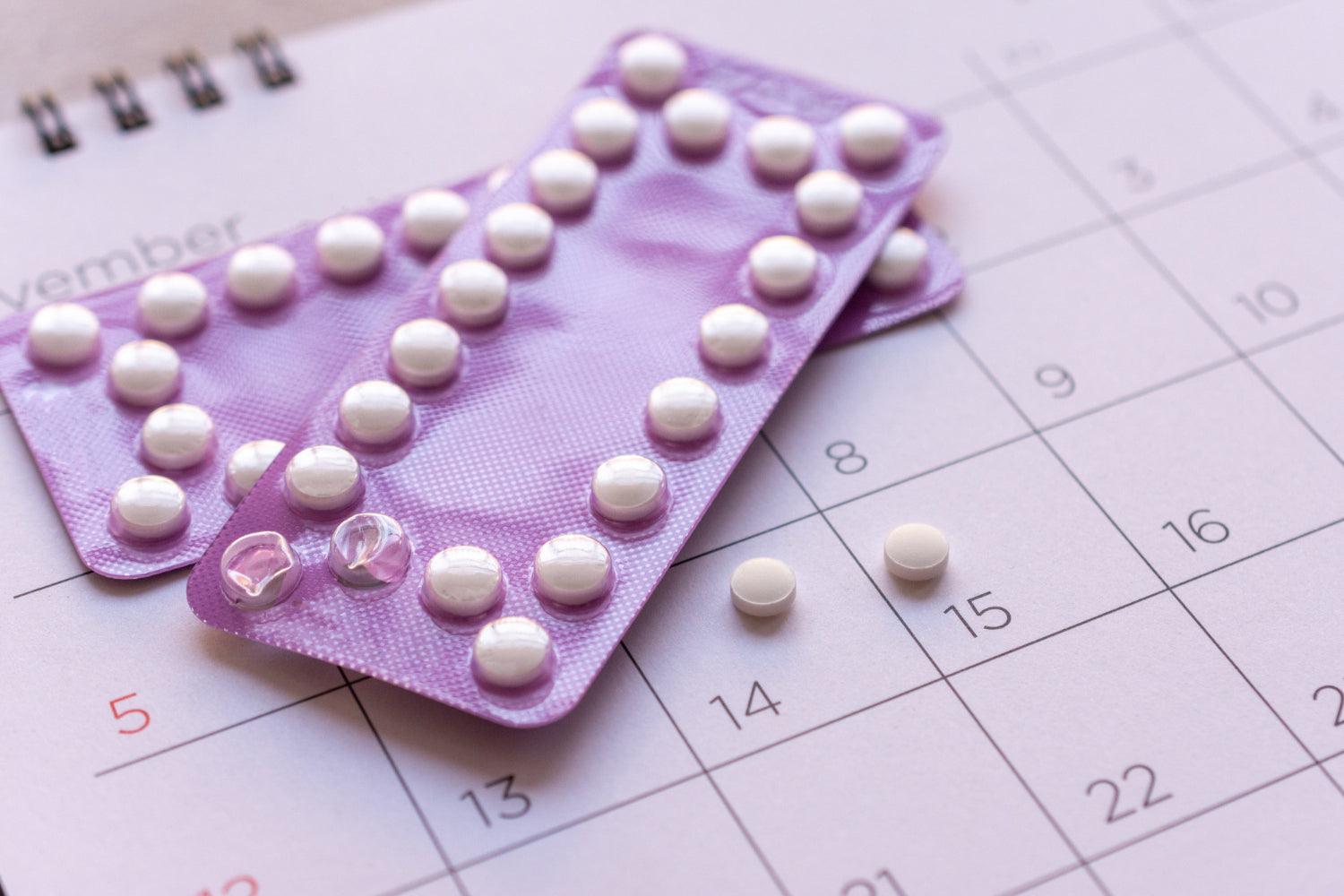









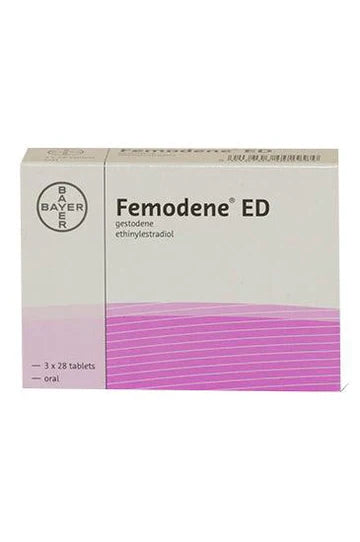
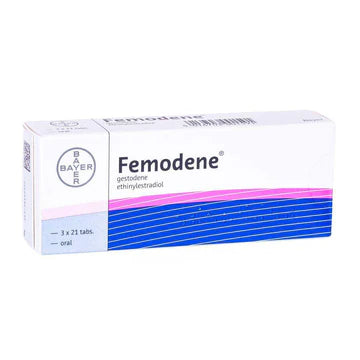
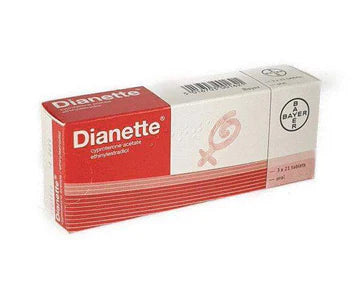
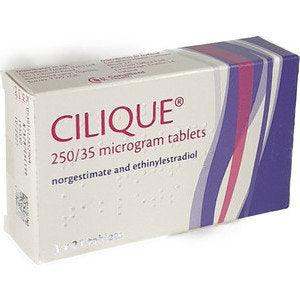

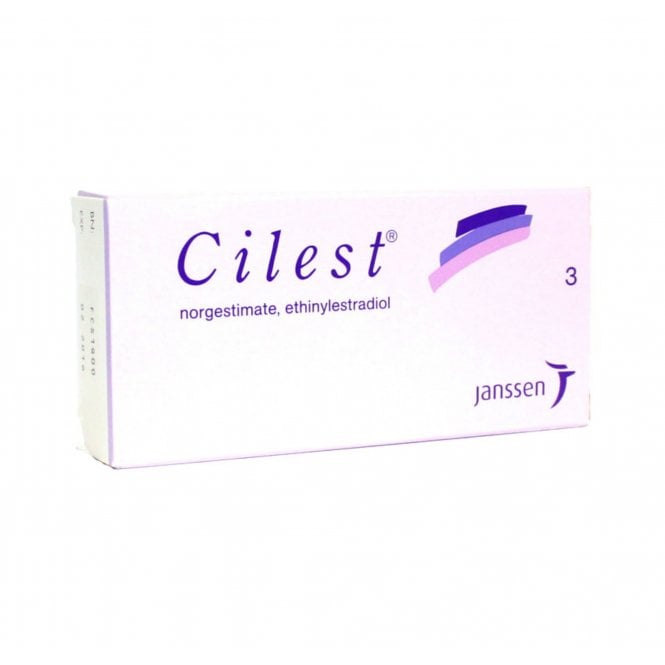
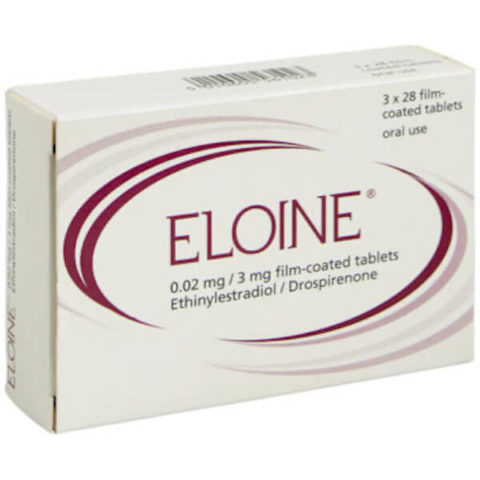
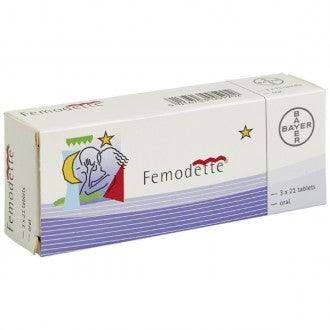

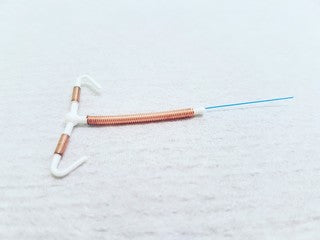
 Rated Excellent by 26,523+ Reviews
Rated Excellent by 26,523+ Reviews